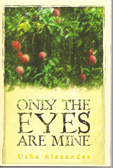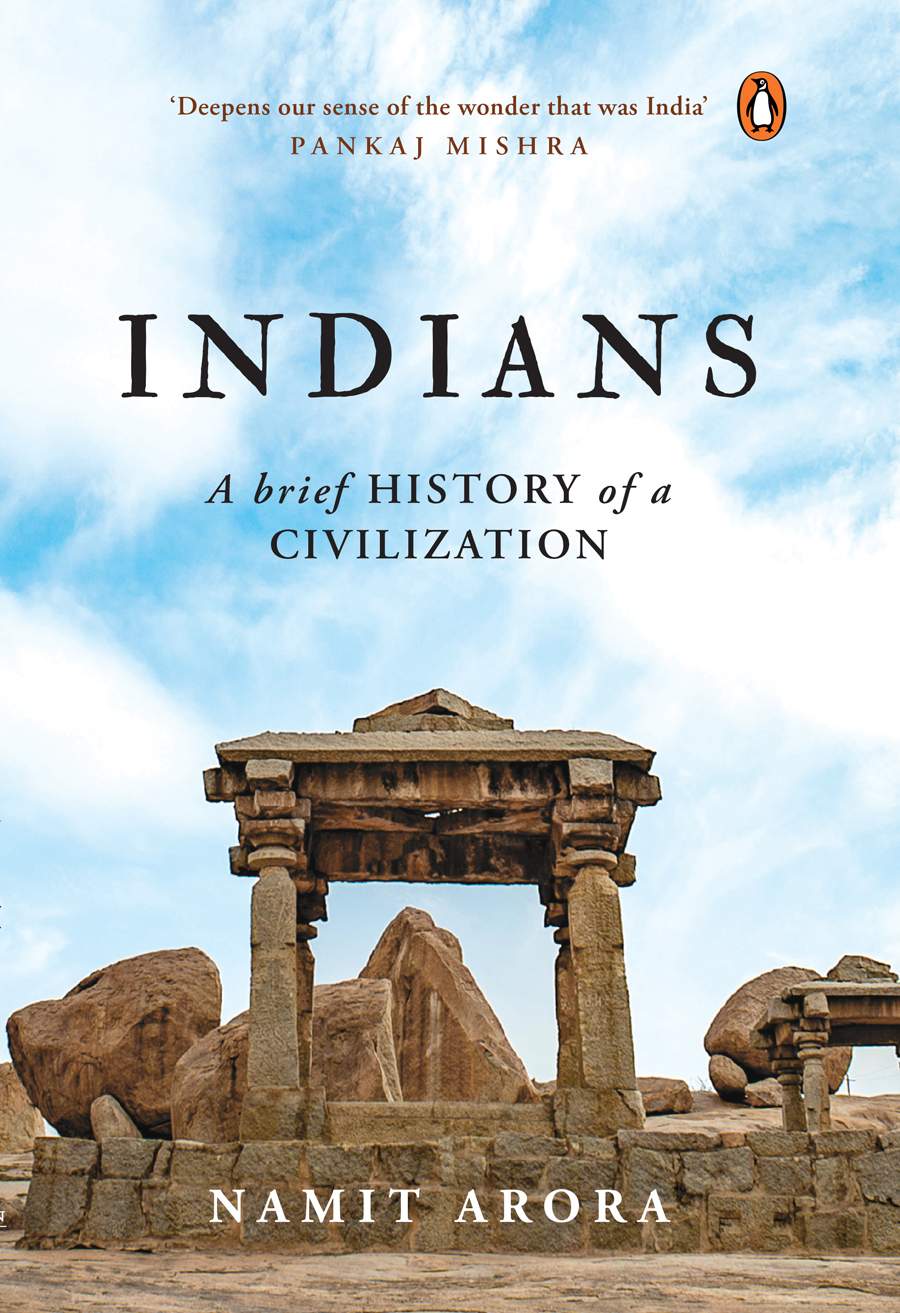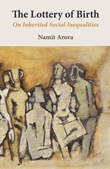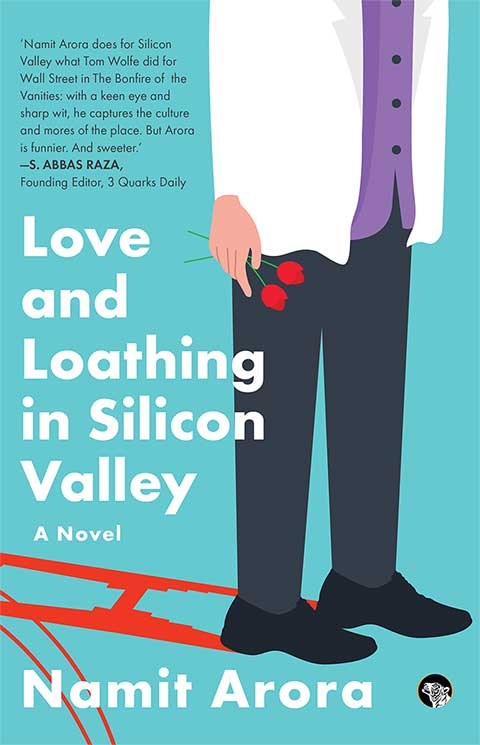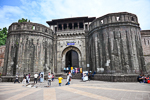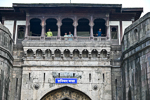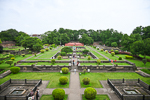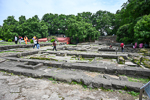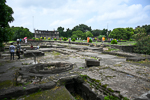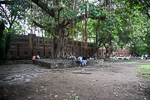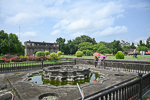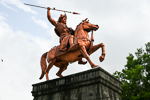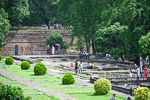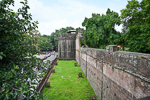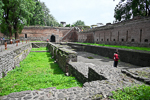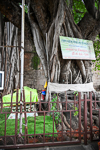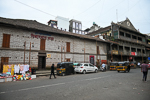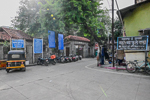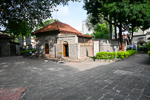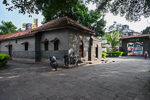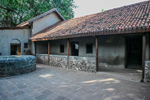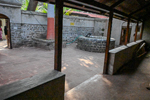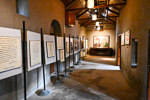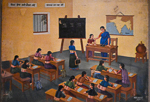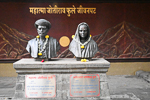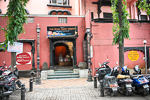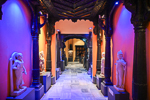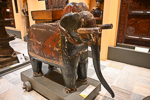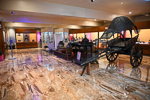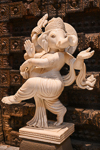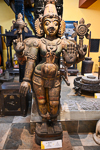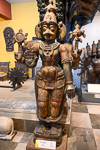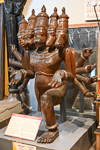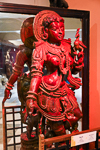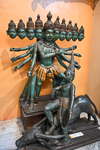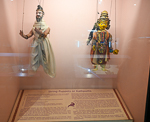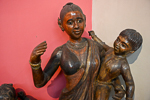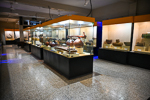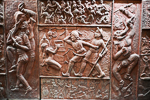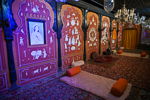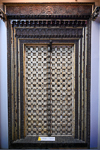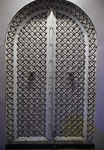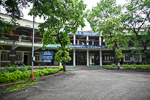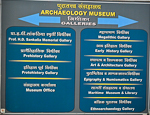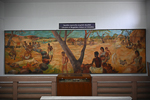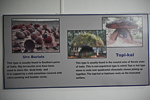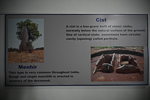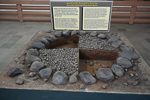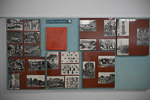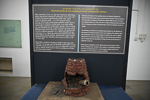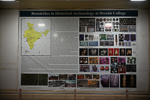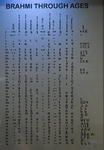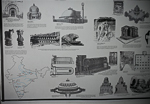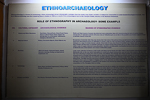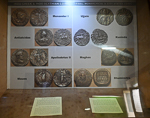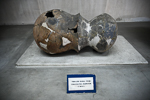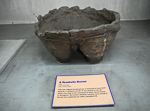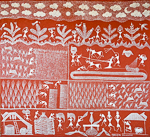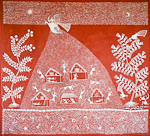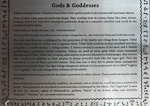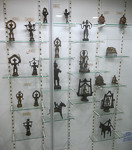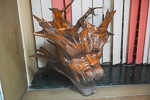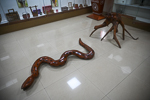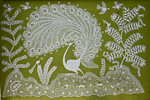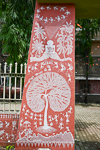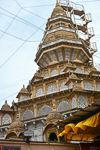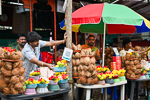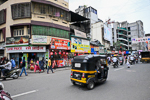Pune, Maharashtra, India (June 2025)
Pune, nestled at the foothills of the Western Ghats, is often called the ‘cultural capital of Maharashtra’. It has long been a hub of learning, culture, and intellectual life. The city was once the seat of power for the Maratha Empire under the Peshwas. Remnants of that heritage still linger in landmarks like the Shaniwar Wada, a grand 18th-century fortification steeped in history and legend, and others like Lal Mahaal and Nana Wada. Today, Pune offers travelers a rich mix of old and new, and is dotted with museums, gardens, colonial era mansions, legacies of social reformers, ancient rock-cut caves, lively street markets, as well as a mild climate. All in all, an inviting place for history enthusiasts, nature lovers, and urban explorers alike.
Dilli Darwaja, main gate |
Mansion of the Peshwas |
Inside view (more) |
Gutted by fire in 1827 |
Original was built ~1730 |
Now a place for gup-shup |
Once a fountain |
Peshwa Baji Rao I |
Over a thousand people |
Encircled by high walls, |
Palace of Dughai |
A Sufi dargah on site |
|
Lal Mahaal, Nana Wada (info), Vishrambaug Wada |
|||
Lal Mahaal, Shivaji's |
Built in 1630 by a |
Residence of Nana |
|
Combines Peshwa and |
Now houses a museum of |
Attractive arches and |
Vishrambaug Wada, |
Phule Wada (info) |
|||
Outside Phule Wada, |
Built around 1852 (more) |
Home to Jyotirao and |
Courtyard with a well |
Courtyard from veranda |
A long room in the house |
Educating girls |
A 19th century "power |
In 1868, the Phules |
In 1873, J. Phule formed |
In the 1876-77 famine |
Jyotirao Phule |
Aga Khan Place |
|||
Built by Muhammed |
Once served as a prison |
Now hosts The Gandhi |
Depicts the history of the |
Gandhi statue (more) |
Gandhi in meditation |
Kasturba Gandhi Smarak |
The palace and its lawns |
|
Raja Dinkar Kelkar Museum (info) |
|||
Main entrance |
Corridor leading inside |
Wooden elephant for |
A room in the museum |
Playful Ganesha! |
Jay, wood, |
Vijay, wood, |
Panchmukhi Maruti (info) |
Minakshi, wood, |
Mahishasurmardini, |
Dancer, stone |
String puppets, or |
Mother and child, 19th |
Textiles |
Leather puppets |
Various lamps |
Musical instruments (info) |
Various string instruments |
What's going on here?! |
Mastani Mahal (info) |
Ivory door, 18th cent. |
Front door, 18th cent. |
Ivory door, 19th cent. |
Exquisite doorway |
Deccan College Archaeology Museum |
|||
Deccan college of |
Archaeology museum |
Megalithic cultures (info) |
Megalithic cultures |
"Lifestyle of Megalithic |
Burial methods |
Burial methods |
Excavation method of |
The living megalithism |
Reconstruction of Iron |
Researches in Historical |
|
Indian architecture (info) |
Indian architecture |
Indian architecture |
Ethnoarchaeology |
Coinage (info) |
Prehistory gallery (info) |
Pots from Prabhas Patan |
Pre-Harappan pottery, |
Twin-urn burial from |
A Symbolic Burial |
A Burial |
Storage jars, |
Tribal Cultural Museum |
|||
The museum entrance |
Art outside the museum |
Cultural and religious |
Museum canteen |
Art on outside walls |
Art on outside walls |
Art on outside walls |
Art on outside walls |
Tribal gods & goddesses |
Raja Panta-Ganda |
Udata Ghoda, a god |
Hiwarya Mogra, |
Telarin Mata, a goddess |
Mata, clay idols of the |
Bhutan, a village |
Tribal deities (more) |
Adivasi musical |
Tabli, musical instrument |
Ghangli, stringed musical |
Kirkis, an accompanying |
Side rhythm instruments |
Tribal musical |
Household utensils (info) |
Tondya, vessel made of |
Wooden craft (info) |
Wood carving |
Musada, a wooden mask |
Mother and child |
Lion atop an elephant |
Mother and child |
Hunting gadgets (info) |
Agricultural Implements |
Musical instruments (info) |
Musical instruments |
Musical instruments |
Metal craft (info) |
Various tribes & artifacts |
Various tribes & artifacts |
Various tribes & artifacts |
Various tribes & artifacts |
Birsa Munda (more) |
Wooden sculpture |
Wooden sculpture |
Mundha, marriage pillar |
Ornaments (info) |
Madia ornaments |
Madiya woman |
Wooden combs |
Art outside the museum |
Art outside the museum |
Art outside the museum |
Art outside the museum |
Dagadusheth Halwai Ganapati Temple |
|||
The temple (more)
|
Golden Ganesha (more)
|
Stall outside the temple
|
Street near the temple
|
|
Pataleshwar Caves |
|||
An 8th-century rock-cut |
Circular Nandi Mandapa |
Pillared hall (more) |
Shivalingam inside |
Monolithic excavation |
Pillared mandapa |
Pillared mandapa |
Dedicated to Shiva |
Designed in collaboration with Vitalect, Inc. All rights reserved. |




